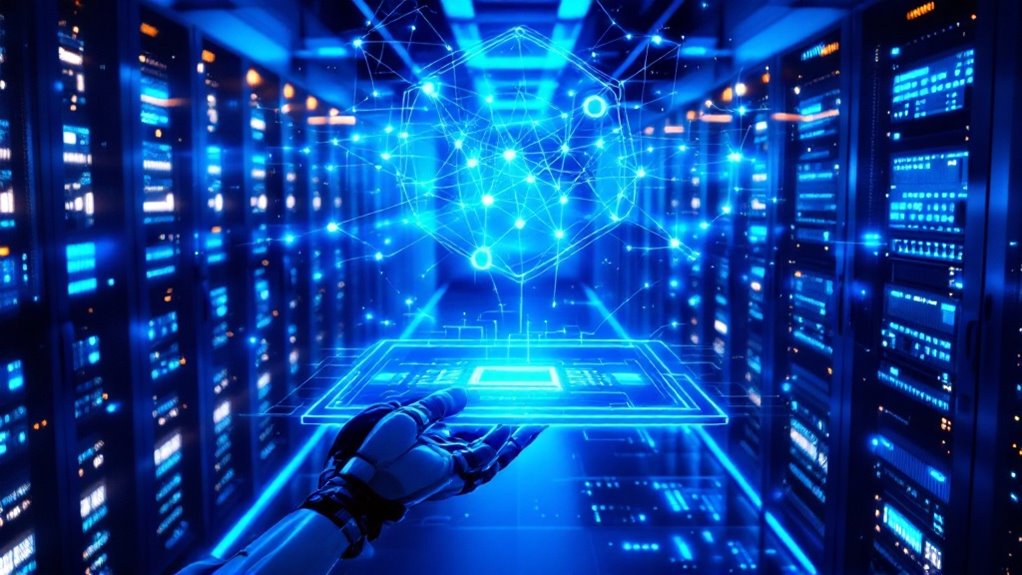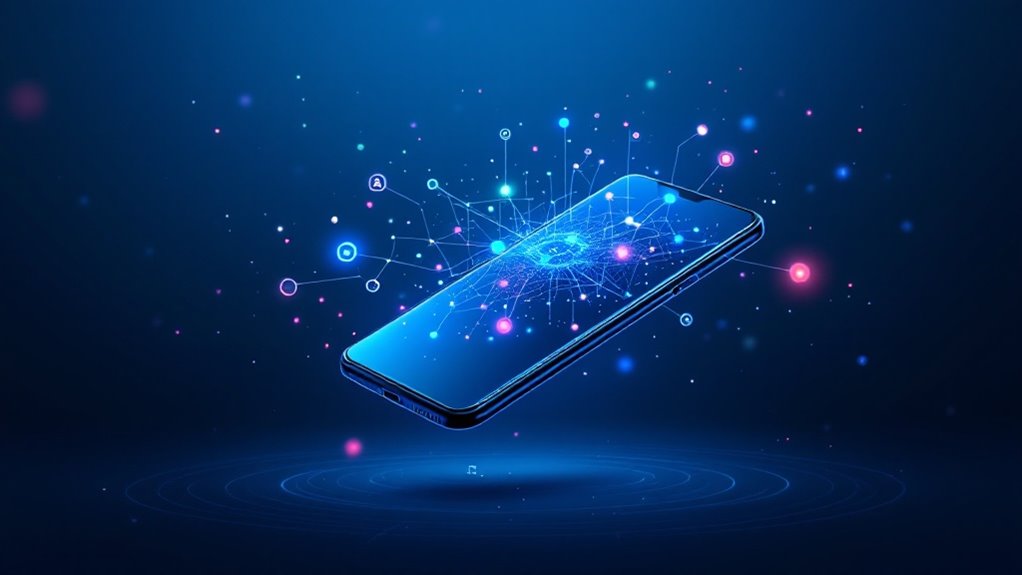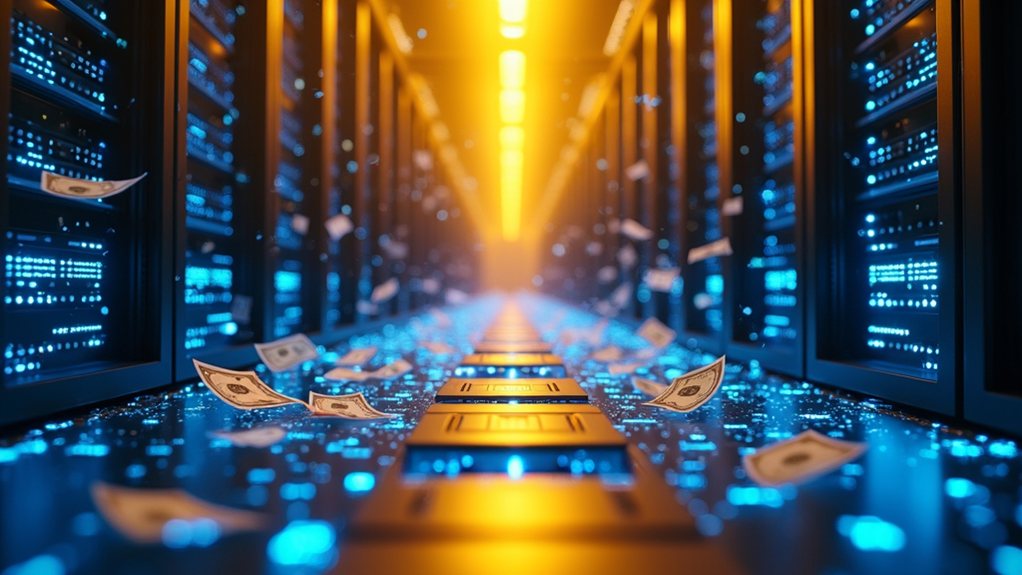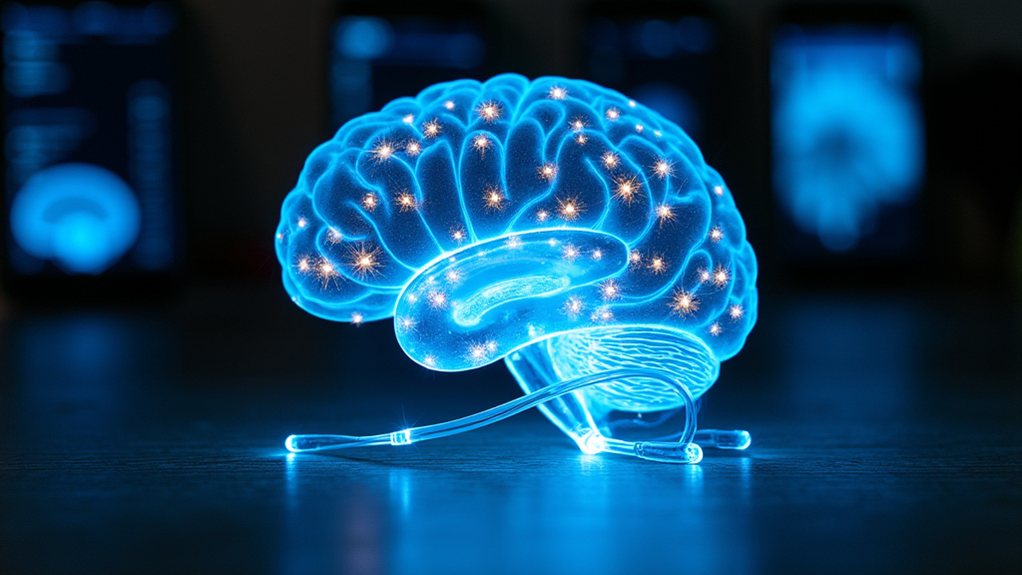Google DeepMind’s Gemini Ultra currently claims the “smartest AI” crown, outperforming human experts across 30+ benchmarks. This multimodal powerhouse processes text, images, and video with impressive dexterity. OpenAI’s GPT-4 remains a formidable competitor with massive adoption (200+ million users) and versatile applications. Meanwhile, Nvidia’s Blackwell processors supply the computational muscle making these AI brainiacs possible. The battle for supremacy continues to evolve faster than you can say “technological singularity.”
The AI race is accelerating faster than your last software update notification. While your phone was busy downloading that 2GB update you didn’t ask for, companies like Google, OpenAI, and Anthropic have been pushing the boundaries of artificial intelligence to new heights.
Google DeepMind’s Gemini has emerged as a serious contender for the “smartest AI” crown. This multimodal system processes everything from text to video with impressive dexterity, outperforming human experts across over 30 benchmarks. Think of it as the Swiss Army knife of AI—available in sizes from Ultra (supercomputer-level) to Nano (fits-in-your-pocket). Gemini represents a significant advancement in multimodal models that can understand and reason across diverse data types including text, images, and audio.
Gemini isn’t just smart—it’s the AI that makes human experts look like they’re using dial-up internet.
Not to be outdone, OpenAI’s GPT-4 and its successors continue setting industry standards. These models have become the backbone of countless businesses, creative endeavors, and that chatbot that wrote your cousin’s English essay (we all know, Tyler). Microsoft’s integration of OpenAI tech means these models are probably helping format your PowerPoint presentations right now. With over 200 million users as of October 2024, ChatGPT has established itself as the most widely adopted AI assistant in the world.
Behind every smart AI is serious computing muscle. Nvidia’s hardware—particularly their new Blackwell processor—provides the horsepower that makes modern AI possible. At 2.5x the power of previous generations with better energy efficiency, it’s like upgrading from a bicycle to a Tesla. This technology powers the computing infrastructure for virtually every major AI lab.
Anthropic’s Claude models deserve mention too, carving out a niche with their focus on safety and ethical alignment. They’re like the cautious friend who reminds you to wear a helmet while everyone else races downhill.
What’s all this computational power being used for? Research tasks, content generation, and customer support lead the pack, while business automation and creative applications follow close behind. Traditional evaluation methods like the Turing test remain relevant for assessing how well these AI systems can mimic human conversation, though modern benchmarks have grown increasingly sophisticated.
Defining the “smartest” AI depends on what metrics you value. Is it raw reasoning ability? Safety? Versatility across tasks? Like comparing chess grandmasters to basketball legends, each excels in different arenas.
What’s certain is that the intelligence gap between today’s models and tomorrow’s will make your phone’s update seem trivial by comparison.









